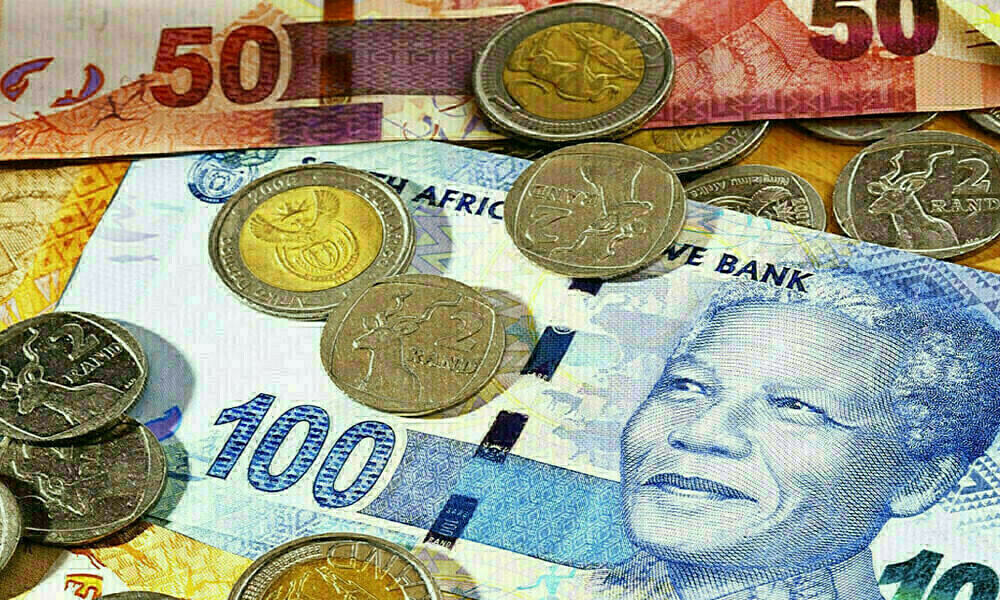The South African rand strengthened against the U.S. dollar in early Tuesday trade, buoyed by a broad risk-on sentiment following U.S. President Donald Trump’s announcement of a ceasefire between Israel and Iran. The move sparked optimism among investors and boosted appetite for emerging market assets, including the rand.
At 06:32 GMT, the rand was trading at 17.7575 to the dollar, gaining approximately 0.7% from Monday’s closing level. This modest recovery comes after the currency hit a one-month low earlier this week, driven by heightened geopolitical tensions and global market uncertainty.
Monday’s announcement of a ceasefire between Israel and Iran was met with relief by investors globally, leading to a rally in emerging market equities and currencies. The de-escalation in the Middle East has momentarily eased fears of a broader regional conflict, which had been weighing on risk-sensitive assets like the rand.
In the local context, market participants are also watching key economic data releases scheduled for Tuesday morning. South Africa’s Reserve Bank will publish April’s business cycle leading indicator (ZALEAD=ECI) at 07:00 GMT. The index tracks a variety of forward-looking metrics, including vehicle sales, money supply, and business confidence, and is seen as an important gauge of the country’s economic momentum.
Shortly after that, the country’s official statistics agency is expected to release formal sector employment figures for the first quarter. These exclude employment in the agricultural sector and are closely monitored for insights into South Africa’s fragile labour market. High unemployment remains one of the country’s most pressing economic challenges.
In the bond market, South African government debt also saw gains in early trade. The yield on the benchmark 2035 bond (ZAR2035=) dropped by 8.5 basis points to 9.975%, indicating increased investor demand for local debt instruments.
While the rand’s gains are welcome, analysts caution that its longer-term trajectory will depend on several factors, including geopolitical developments, U.S. monetary policy, and domestic data trends. The currency remains highly volatile and sensitive to shifts in global risk appetite.
Still, for now, markets appear to be embracing a more optimistic tone, with hopes that the Israel-Iran ceasefire could bring some sustained stability to a previously jittery environment.
